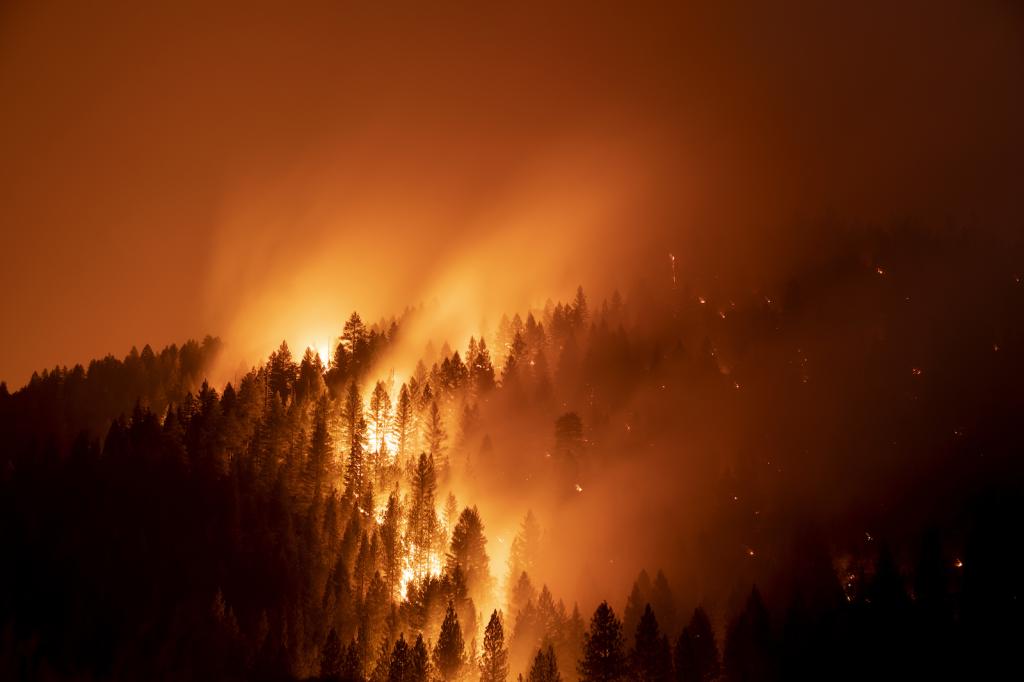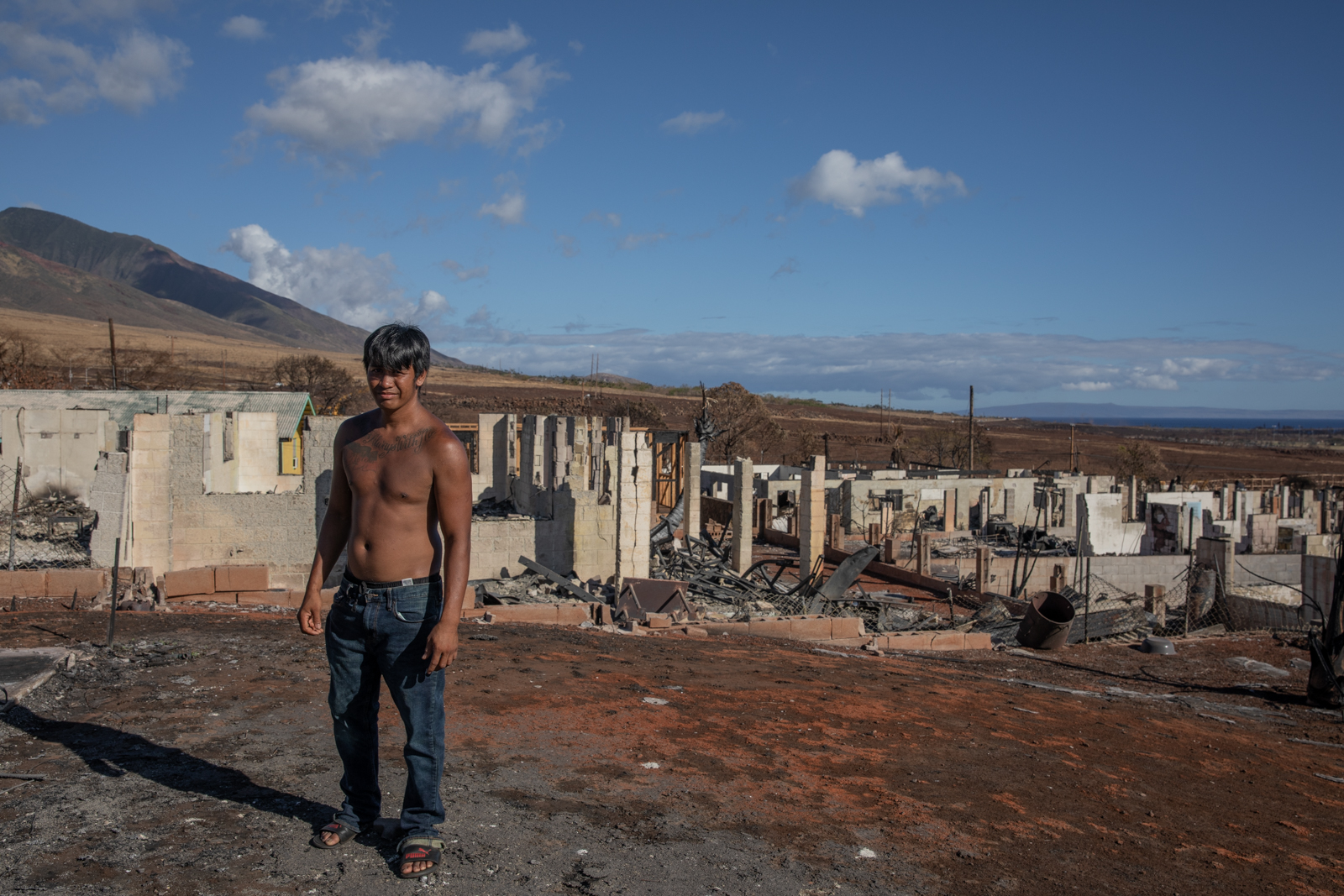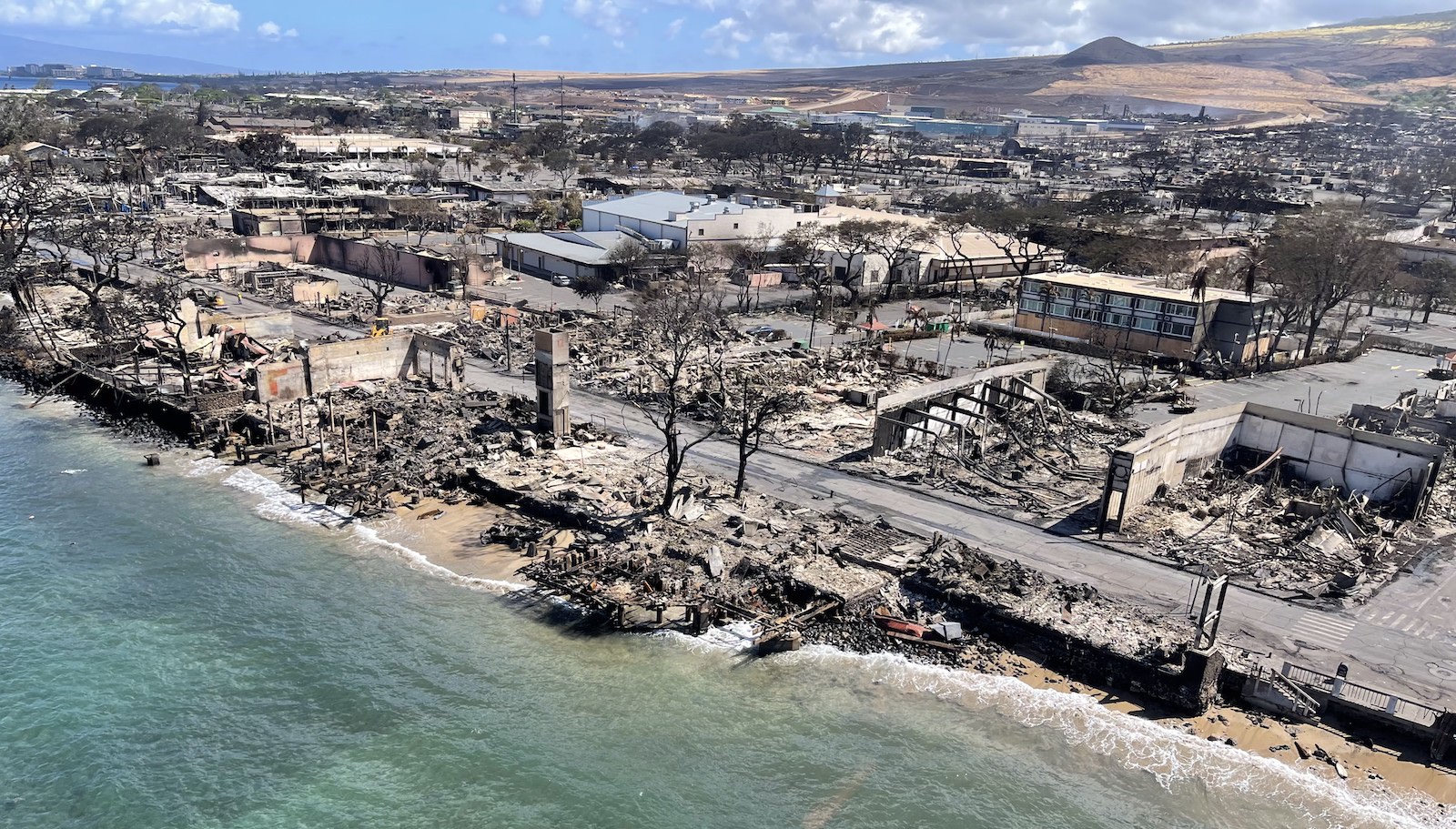Steve McQueen walked through the rubble of his neighbor’s home last Friday under the late afternoon sun, clad in a pair of slippers and loose-fitting blue jeans. After fleeing from the fire that razed parts of Lahaina in West Maui two weeks ago, the 31-year-old returned to a neighborhood that he didn’t recognize anymore. The front yards, once awash with the shouts of children playing, were silent. The homes directly across from his were eviscerated; others, like his family’s, remained intact. His parents started sleeping five miles away at the hotel where his father works, but he decided to stay put to help older neighbors on his street.
“If my neighbors don’t leave, I’m not going to leave them,” McQueen said. “I’m the youngest [left] in this neighborhood.”
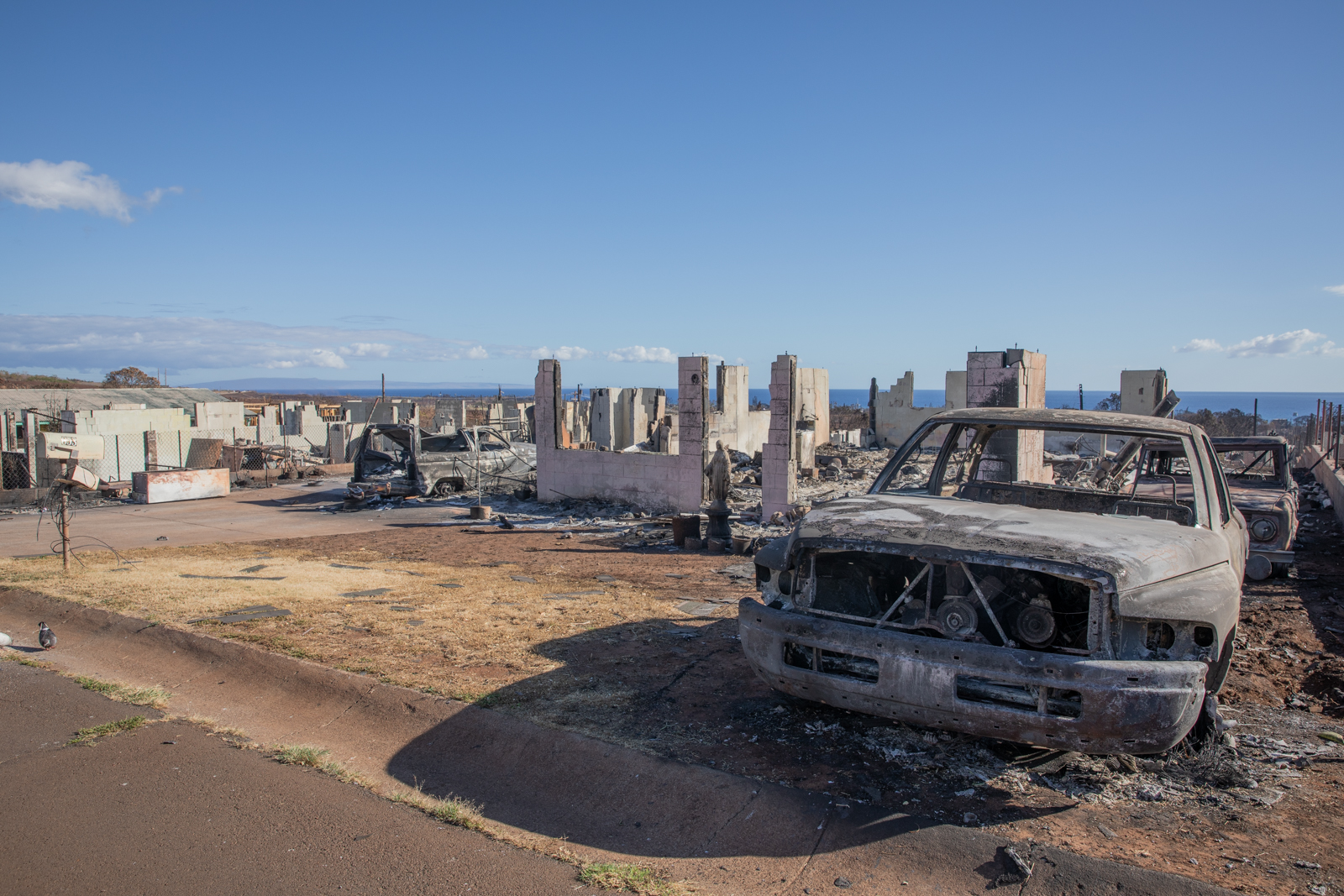
But staying put comes with its own set of risks. A growing body of research has demonstrated that wildfires leave a trail of toxic chemicals behind. If local governments don’t take proper precautions to contain and eliminate the contamination, residents risk being exposed to dangerous concentrations of air- and water-borne chemicals for months or years, even if their homes escaped damage from the fires. According to disaster-relief experts, quickly communicating these risks to locals is the best way to keep people safe.
The Hawai’i Department of Health and Maui County have tested the water for some contaminants, warned residents not to drink tap water even if it’s boiled, and recommended people wear personal protective equipment when sifting through debris. But people living in parts of West Maui and the island’s Upcountry region told Grist that what they’ve heard from local officials has been spotty and confusing, leading some to continue bathing and washing dishes in water that could be contaminated. Many say they feel that local officials have left them to fend for themselves.
“Number one, they are overwhelmed,” said Kurt Kowar, the director of public works in Louisville, Colorado, referring to officials at the Hawai’i Department of Health and the local water utility in West Maui. “And number two, they don’t really understand the science on this yet. There’s no manual to pull off the shelf.”
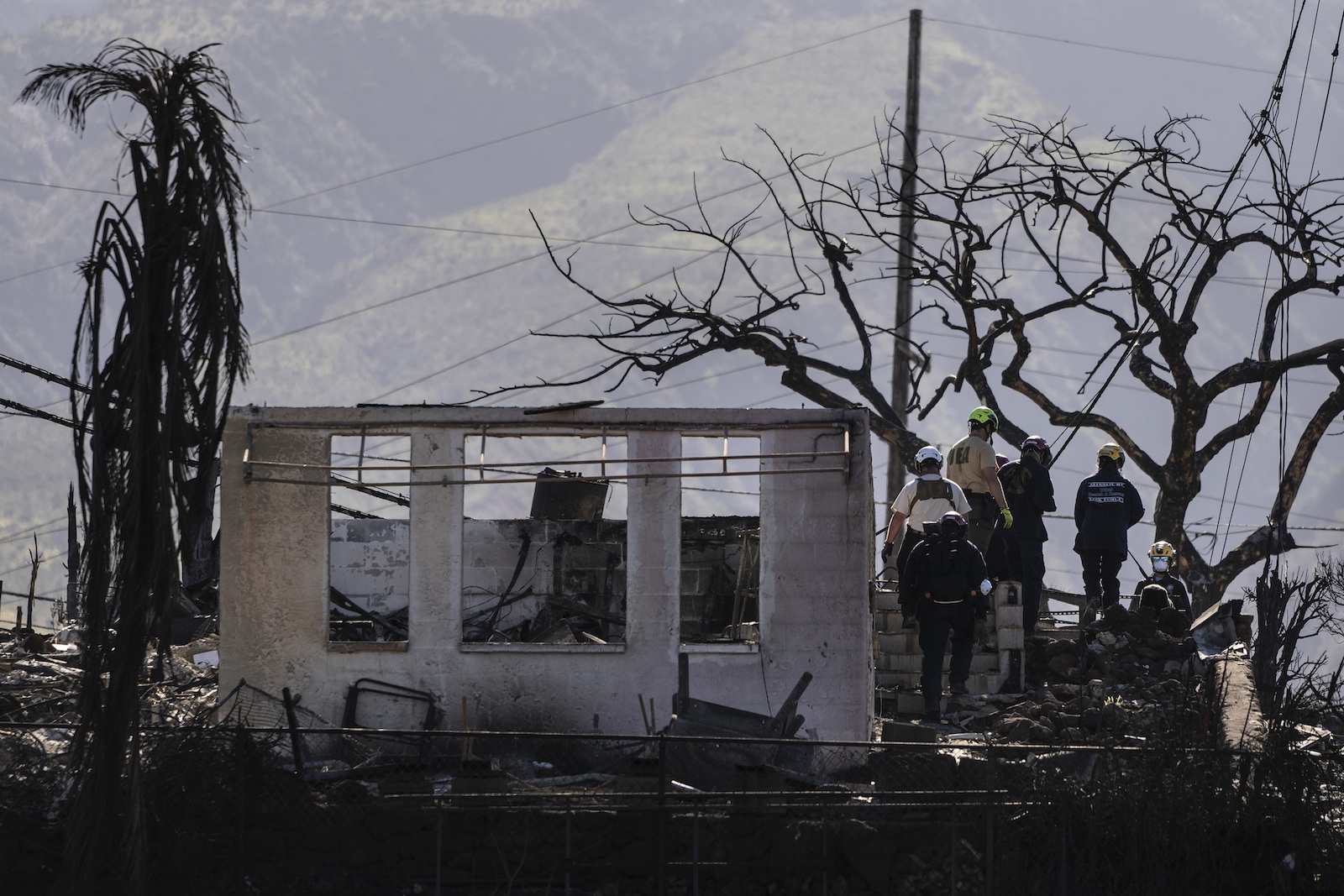
Much of what is known about post-wildfire contamination is relatively new. In October 2017, the Tubbs Fire shot through Santa Rosa, California, destroying more than 5,000 homes and buildings and burning more than 36,000 acres. When residents began to trickle back into Santa Rosa a month later, the local water utility got a call about a bad smelling tap and decided to conduct some precautionary testing. To their surprise, the results revealed concentrations of the toxic chemical benzene at levels that the state deems unsafe for consumption.
Benzene is a cancer-causing compound that has been linked to reproductive health problems and blood disorders such as leukemia and anemia. Federal standards caution against drinking water with a benzene concentration above 5 parts per billion; in some parts of Santa Rosa, officials measured concentrations as high as 40,000 parts per billion. The utility quickly changed the local water advisory from “boil before use” to “do not drink,” a status that would remain in parts of the system for more than a year.
The events in Santa Rosa encouraged water utilities in other parts of the country to begin testing their systems for contaminants after wildfires. From central Oregon to northern Colorado, officials discovered that blazes had poisoned their water lines with chemicals like benzene, styrene, and naphthalene. The mechanisms of this contamination varied from place to place. When too many homes in an area are toppled, the pressure inside water distribution networks can plunge, allowing toxic gasses to get sucked into the system. In Santa Rosa, the intense heat from the fire caused plastic in underground pipes to absorb chemicals that continued to leach into the drinking water long after the fires were extinguished.
As climate change fuels more frequent and deadly blazes across the country, many officials are encountering risks that they didn’t know existed a few years ago.
“After disasters, there are no laws that require certain actions about drinking water safety,” said Andrew Whelton, a scientist at Purdue University and the country’s lead researcher on post-wildfire contamination. As a result, state and local officials that oversee water systems often “have little or no experience in making decisions [about] what to actually test for.”
The Hawai’i Department of Health and the Maui Water Department tested the drinking water around Lahaina for 23 chemicals and found that none exceeded federal health limits, according to John Stufflebean, the head of the water utility. The few chemicals that were detected, such as benzene, were found in very low levels. He called the results “encouraging,” and added that the county and state plan to do several more rounds of testing and expand the number of chemicals tested before advising residents to drink the water again.
Whelton told Grist that any robust water sampling should include the more than 100 chemicals that have been discovered in drinking water systems after wildfires. Officials often focus on benzene, Whelton explained, but burning materials found in homes — cleaning supplies, gym equipment— can produce all kinds of toxic compounds. He gave the example of a recent fire in Oregon in which benzene was not present in the water supply, but tests revealed other likely carcinogens, such as methylene chloride and tetrahydrofuran (chemicals not included in Maui’s initial round of testing).
Stufflebean said in the initial days after the fire, his agency was focused on securing the water system and taking samples but now will be focused on getting information to the public. “We’re doing everything we can to get the word out,” he said, adding that they had been strapped for resources since a couple of his staff, including his lab manager, lost their homes.
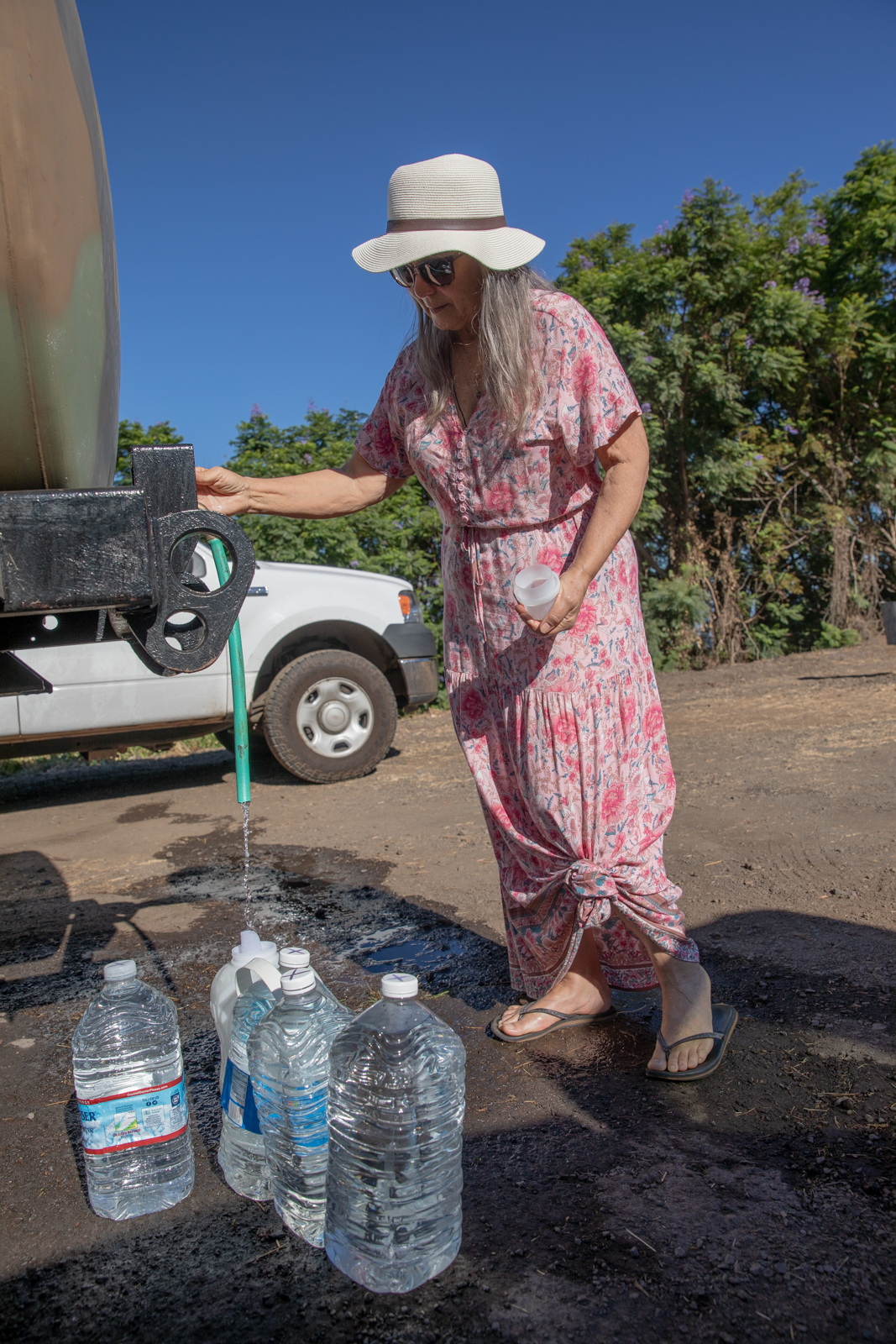
After a wildfire, dangerous chemicals can also show up throughout houses — even those untouched by flames. Some of the earliest research into the impact of wildfires on indoor air quality was conducted just two years ago, after the Marshall Fire scorched more than 6,000 acres in Colorado in 2021. Researchers sampled the air inside fully intact homes and found that concentrations of pollutants were higher than they were outdoors. They also discovered that chemicals in the smoke that swept through those buildings had seeped into porous surfaces like furniture and insulation, and were slowly evaporating back into the air weeks after the fire.
Depending on the direction of the wind during a fire, “there could be lots of gasses and particles that [residents] really want to take care of and clean up carefully,” said Colleen Reid, a public health scholar at the University of Colorado Boulder and one of the researchers who studied indoor air pollution after the Marshall Fire. She said she’d heard the reports of people moving back into neighborhoods ravaged by fire in Lahaina and said she was concerned about the kind of contamination they could face. “A community who doesn’t realize the danger of what they’re exposed to — that’s what I’m worried about here.”
Ideally, residents would not return until they are certain that their homes are safe, but that’s often not what happens. Insurance companies don’t always pay for temporary lodging, and locals are usually eager to check out the damage to their homes and start cleaning up, said Tricia Wachtendorf, a sociology professor at the University of Delaware who studies disaster relief.
“Some might have nowhere else to stay or feel compelled to stay onsite for emotional reasons, particularly if those they care about are still missing,” Wachtendorf wrote in an email.
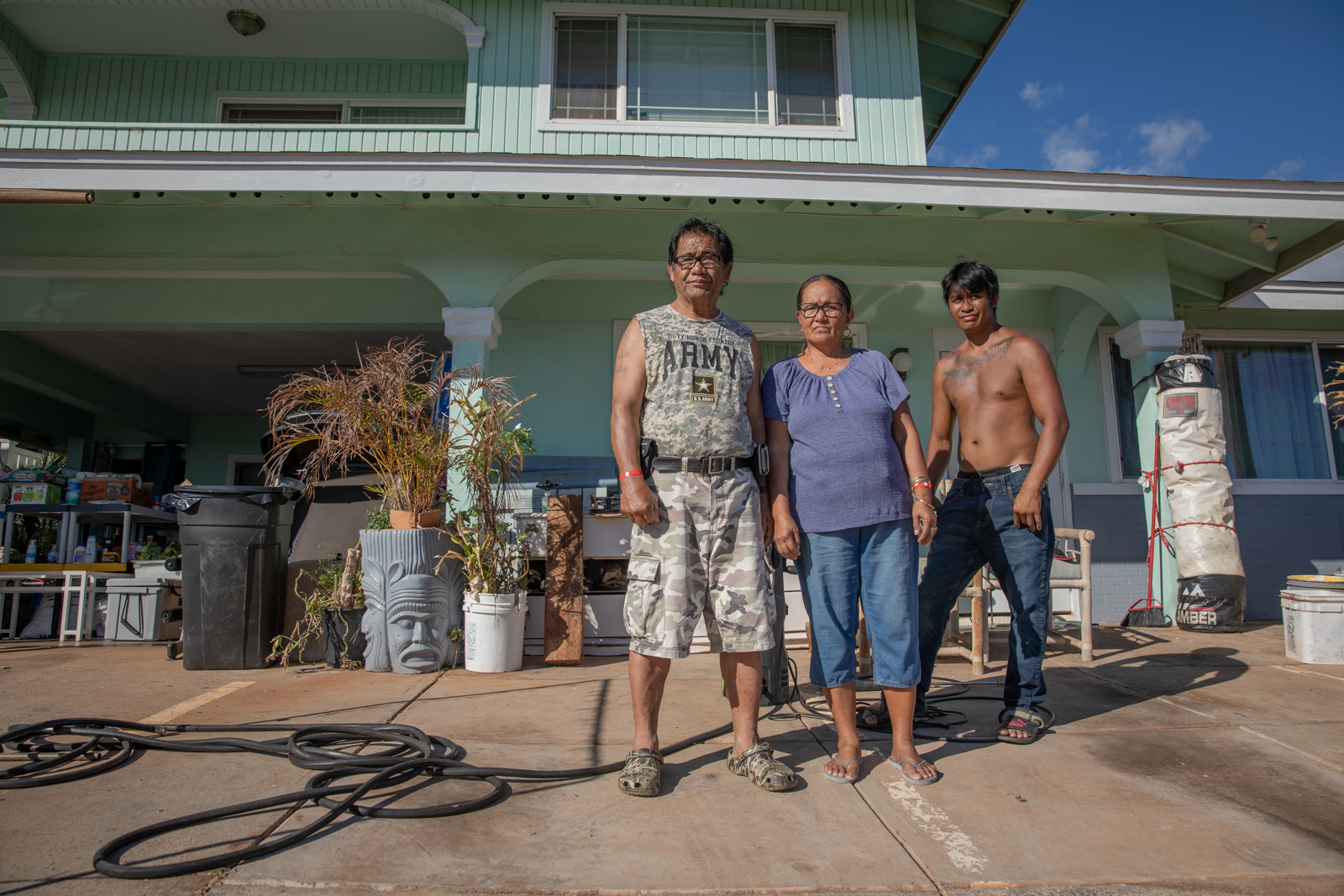
McQueen said he feels like his neighbors in Lahaina could use his help. Every day, he hoses down the road in front of the house, hoping to get rid of the putrid smell that hangs in the air, which he attributes to rotting garbage that no one’s come to pick up. He’s spent the past week gathering supplies people may need: medications and vitamins, bottles of Ensure, a wheelchair. He found out that he shouldn’t drink from the tap after he saw a man sampling the water from a nearby hydrant, and asked him about it. Afterward, he said he didn’t want his parents to come visit anymore and risk exposure to toxic chemicals.
A few blocks over, the Chen family was busy cleaning out the inside of their home, directly next to a house that burned down. “The air does not smell the best,” said Serena, 10, whose school was destroyed in the blaze. Her father, Adam, paused between carrying piles of belongings — couch cushions, trash— to the curb. “The air is not important right now, we want to come back and be normal,” he said, his voice betraying his frustration. The family’s restaurant burned to the ground in the fire.

Further up the hill in the neighborhood of Kelawea Mauka off Lahainaluna Road, James Tanaka, known to locals as Uncle Booboo, has been living in the same house for the past 33 years. Last Friday, he and his neighbor, Alex Freeman, said that they planned to stay in their homes because they were worried about looters, a fear echoed by numerous locals that Grist spoke to in the area. They wished that they had a clearer sense of how to protect themselves and their families from any potential contamination. With cable and internet down and no radio, they have been relying on word of mouth to understand their risks.
Communications from the government “haven’t been bad, they’ve been nonexistent,” Tanaka said. Over the weekend, a family member sent him a map of the “affected areas” on the Maui County website — his house is just outside of it. As a result, he told Grist that he will go back to drinking water from the tap.
“I do not understand what data is available to make decisions [like that],” Whelton said of the map Tanaka’s family sent, adding that he hopes to learn more when he meets with the utility this week.
At a distribution center in Lahaina last week, volunteers were handing out baby formula, bottled water, and other necessities. A notice warned people against drinking tap water, even if it had been boiled. Those who could get online would have found a warning on the state Department of Health’s website saying that bottled water should be used for “all drinking, brushing teeth, ice making, and food preparation.” The county website was later updated to advise residents to take short showers and not use hot tap water. But multiple experts that Grist spoke to said that the state Department of Health should go a step further and tell residents not to use the water for anything other than flushing the toilet.
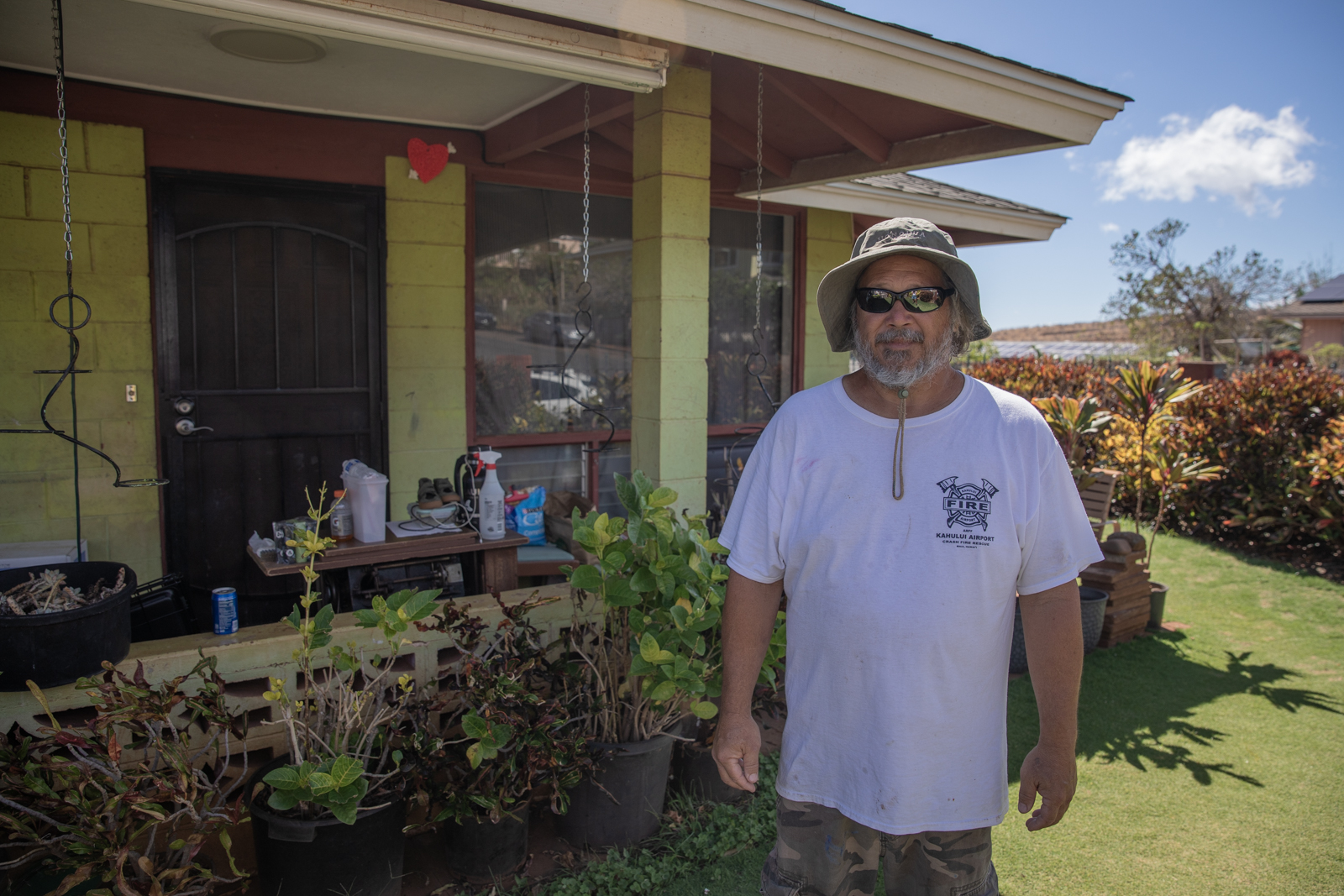
“I would caution people not to bathe in the water until some testing has been done to determine the extent of contamination,” said Kowar, who oversaw the response to the 2021 Marshall Fire, the deadliest and most costly blaze in Colorado’s history. Whelton echoed Kowar’s advice on avoiding skin contact with the water and added that residents should try not to run their taps too much, because any toxic chemicals within the water line could permanently contaminate their plumbing.
Experts frequently hail officials’ efficient and transparent response to the Marshall Fire as an example for the country. Kowar’s team moved fast to isolate parts of the water system that could contain toxic chemicals, and ran 80 to 100 samples every few days to determine the extent of contamination. According to Kowar, individual houses were marked with red tags if the sampling revealed elevated chemical levels, and the utility didn’t turn the water back on until their lines were flushed and tests determined it was safe.
Joost de Gouw, a chemist at the University of Colorado Boulder who studied indoor air quality after the Marshall Fire, said that a proactive approach is important since many people won’t be thinking about contamination right after a fire. Almost two years after blazes tore through towns in Boulder County, his team is still getting questions from residents whose houses were spared about whether lingering contamination could be connected to their emerging health problems. He assumes the same thing will happen on Maui.
“Right now, of course, it’s the trauma,” de Gouw said, “but with time, the people who did well are going to worry about this more.”
Two weeks after flames engulfed Lahaina, transforming entire neighborhoods into scenes reminiscent of war zones, the historic town is at the beginning of a yearslong process of rebuilding that will force residents to confront difficult decisions and new realities. Despite that, many locals are determined to stay put, no matter what level of contamination they may face.
“We are Lahaina. The people are Lahaina,” Tanaka said. “We might have lost houses and stuff, but you cannot pull that out of us, you know what I mean? I touched it. I breathed, I bled it. I cried for it. There’s nothing else.”
Anita Hofschneider contributed reporting from Oahu and Gabriela Aoun Angueira from Maui.
